The new chip developed by IBM has 4096 cores, 1 million programmable neurons, and 5.4 billion transistors, heralding what some are calling a new era in computing.
The chip, called TrueNorth, is the most advanced neuromorphic (brain-like) chip created, and is incredibly efficient.
The chip consumes only 72 milliwatts at maximum load–equivalent to 400 billion synaptic operations per second per watt. The chip is therefore around 180,000 times more efficient than a modern CPU, and almost 800 times more efficient than other cutting-edge neuromorphic approaches.
Spokespeople for IBM commented on the TrueNorth chip, “One of the key problems with developing a new chip based on a novel architecture is that you also have to create developer tools and software that actually make efficient use of those thousands of cores and billions of synapses. Fortunately, IBM’s already got that covered: Last year it released a specialized programming language (Corelet) and simulator (Compass) that let you program and test your neuromorphic programs before running them on actual hardware.”
“Ultimately, the main purpose of the SyNAPSE project is to take existing systems that simulate the functionality of the brain in software — such as deep neural networks — and run them on hardware that was specifically designed for the task. As you may already know, dedicated hardware tends to orders of magnitude more efficient than simulating/emulating the hardware in software on a general-purpose CPU. This is why IBM is touting some utterly incredible efficiency figures for TrueNorth. For neural networks with high spike rates and a large number of active synapses, TrueNorth can deliver 400 billion synaptic operations per second (SOPS) per watt. When running the exact same neural network, a general-purpose CPU is 176,000 times less energy efficient, while a state-of-the-art multiprocessor neuromorphic system (48 chips, each with 18 cores) is 769 times less efficient. While it’s not directly comparable, the world’s most efficient supercomputer only manages around 4.5 billion FLOPS per watt.
“I don’t think IBM is actually getting back into the consumer electronics market (though that would be amusing). Rather, this is just a concept of the kind of thing the TrueNorth chip might one day enable.”
A technical reserach paper was published in Science today, titled “A million spiking-neuron integrated circuit with a scalable communication network and interface.”
By Andy Stern
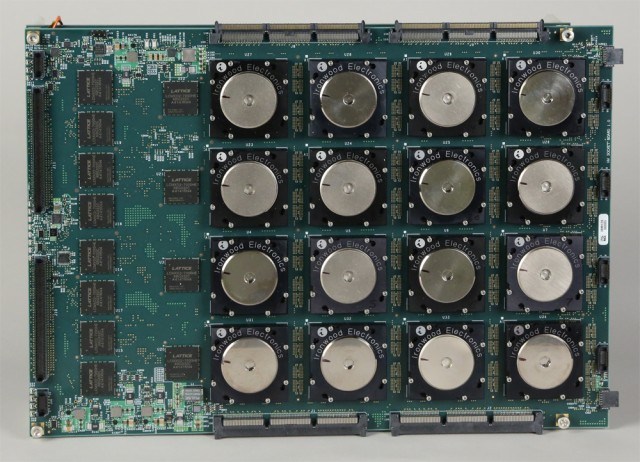
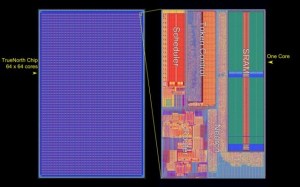
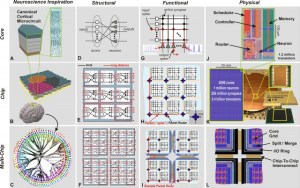
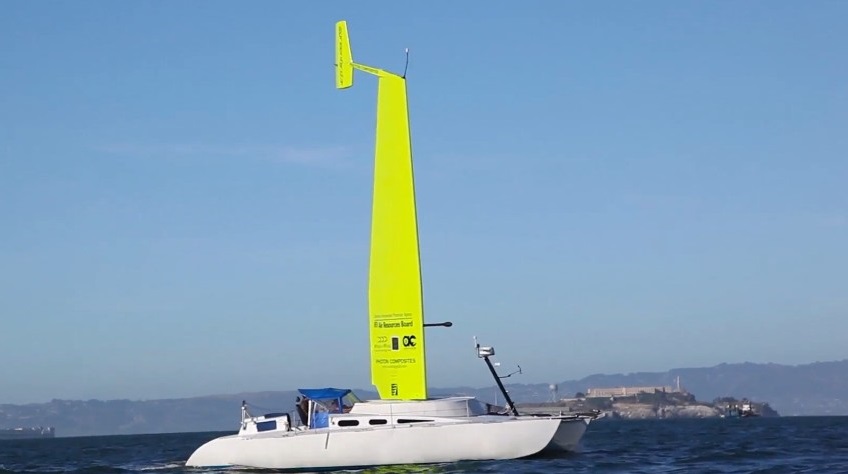

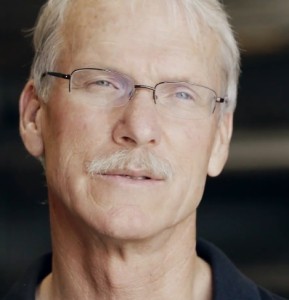
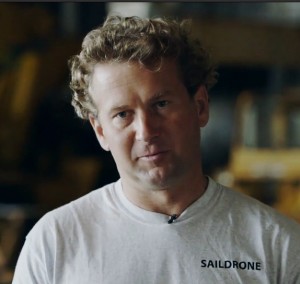
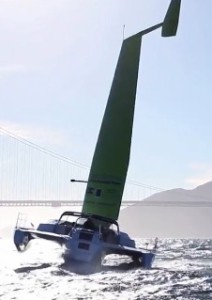
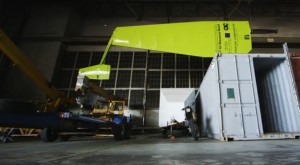
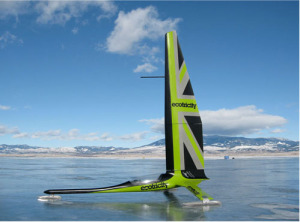
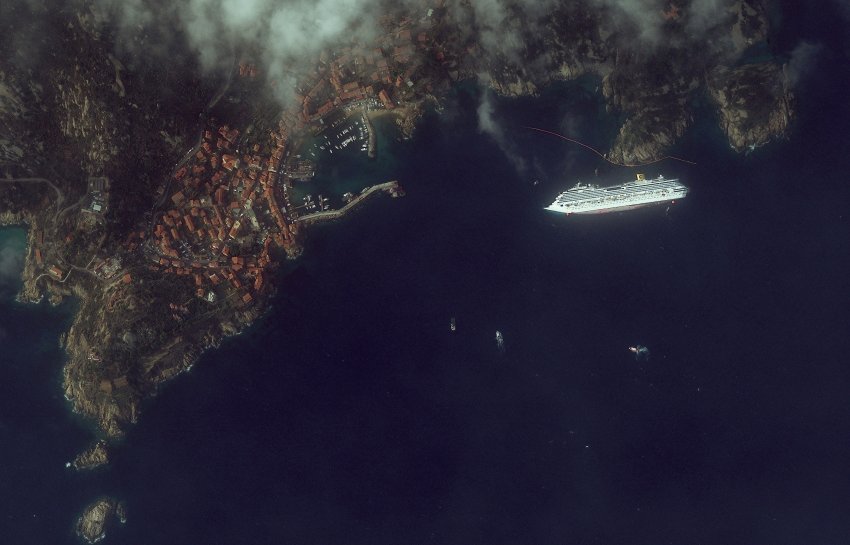
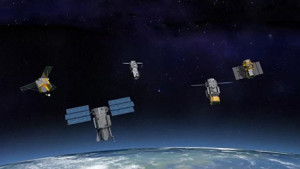
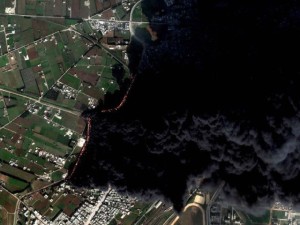

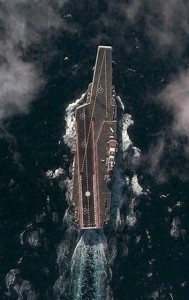
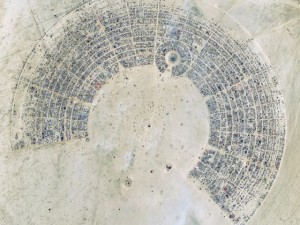
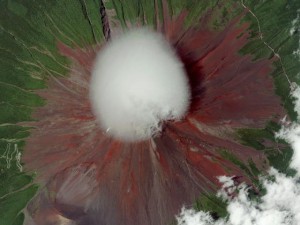
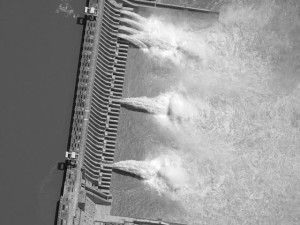

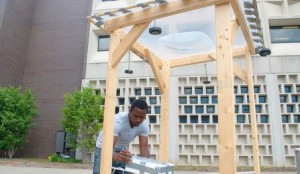 nations around the world, where millions currently have no access to clean water for drinking and washing.
nations around the world, where millions currently have no access to clean water for drinking and washing.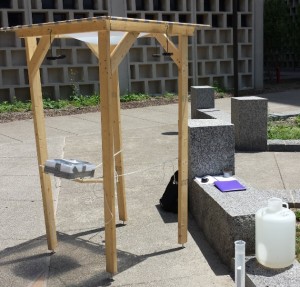


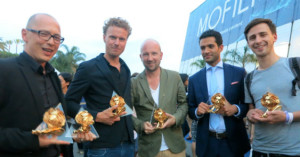
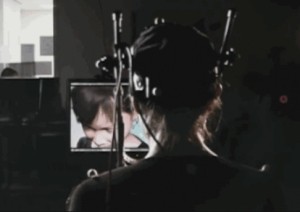


 “If catching them is so easy webcam child sex tourism can be stopped,” claimed Lemz in their promotional video. “What we need now is pro-active policing… If we can trace 1,000 men in two months, police forces can trace more than 100,000 in a year.”
“If catching them is so easy webcam child sex tourism can be stopped,” claimed Lemz in their promotional video. “What we need now is pro-active policing… If we can trace 1,000 men in two months, police forces can trace more than 100,000 in a year.”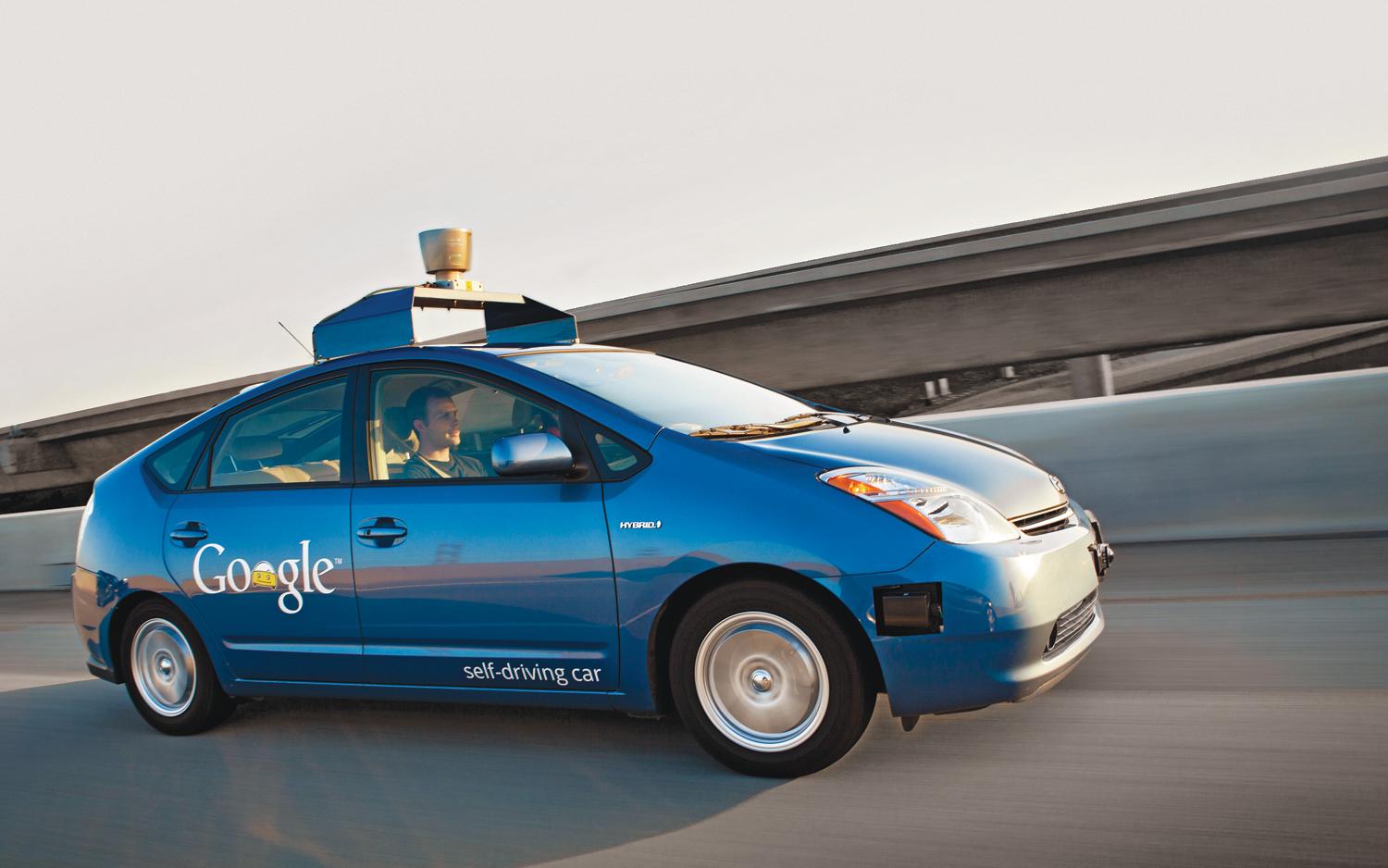
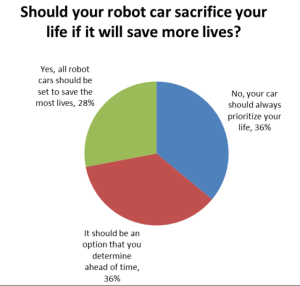
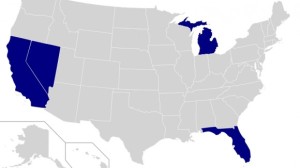
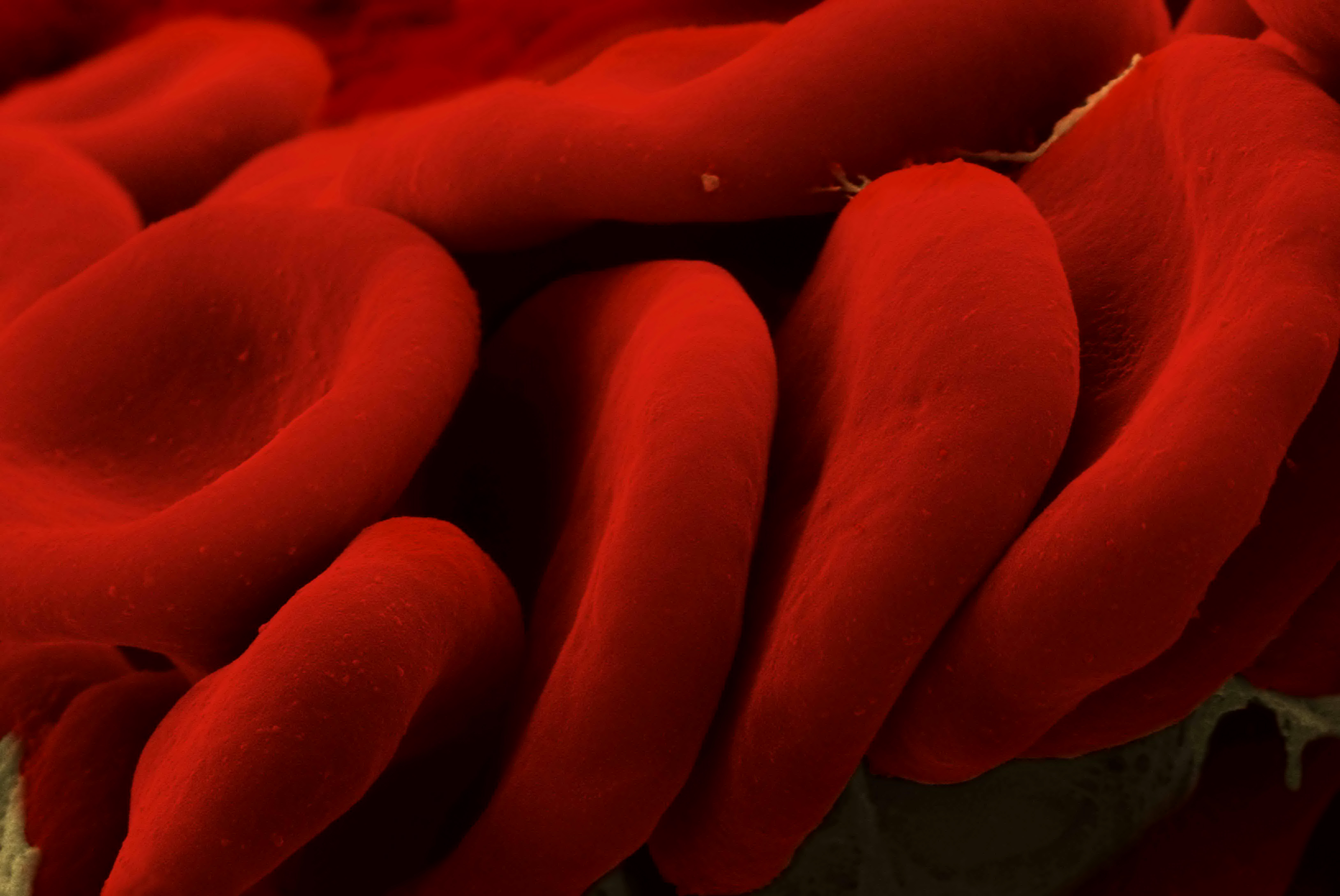
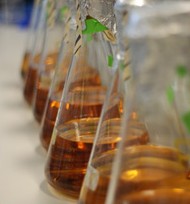
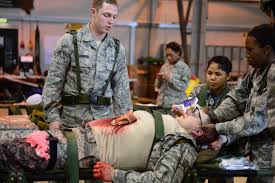 “It means we could overcome some of the inherent problems with transfusions as there would be no need for blood group typing and a longer shelf life means you are able to stockpile the supplies necessary for major disasters. It also offers the opportunity for routine transfusion support in ambulances or at remote inaccessible locations,” explained Essex’s Professor Chris Cooper, a biochemist and blood substitute expert.
“It means we could overcome some of the inherent problems with transfusions as there would be no need for blood group typing and a longer shelf life means you are able to stockpile the supplies necessary for major disasters. It also offers the opportunity for routine transfusion support in ambulances or at remote inaccessible locations,” explained Essex’s Professor Chris Cooper, a biochemist and blood substitute expert.